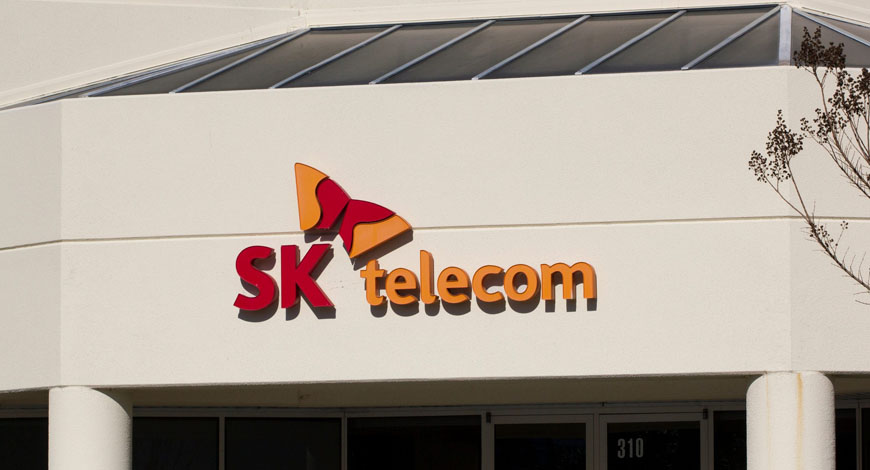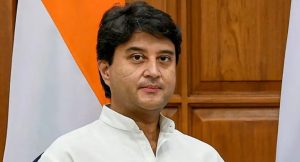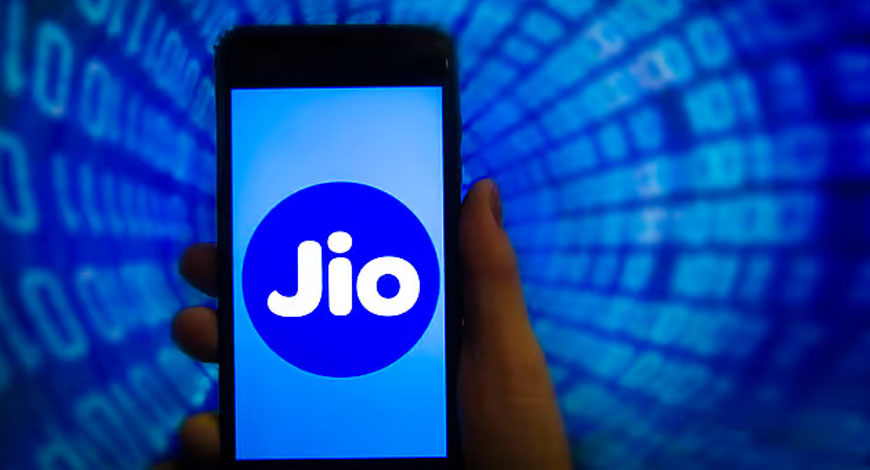The All India Digital Cable Federation (AIDCF) has written to the Ministry of Information and Broadcasting to reject the Telecom Regulatory Authority of India (TRAI’s) recommendation to reduce or eliminate the DTH license fee.
“We earnestly submit that if this recommendation is accepted than the entire market balance will be distorted and the entire Cable TV Industry (including 880 multi-system operators (MSOs) and 1.6 lakh local cable operators (LCOs)), which is already facing unfair competition from OTT players, Digital Distribution Platform Operators (DPOs), FAST channels, etc, eventually have to shut their operations,” it said in the letter.
TRAI proposes phasing out DTH license fee by FY27
The development comes after TRAI recently reiterated its earlier proposal—made in the Recommendations on License Fee and Policy Matters of DTH Services, dated August 21, 2023—to reduce the DTH license fee from the current 8 per cent to 3 per cent, with a further plan to phase it out entirely by FY 2026–27, it said.
However, unlike DTH operator’s free spectrum, Cable TV operators incur substantial cost over Right of Way (ROW) charges which is up to Rs.3,000 per pole per year besides permission charges to be paid to local authorities for overhead and underground cables, it said adding that the Cable TV operators also incur a capex of Rs.8 lakh per kilometer for underground cabling besides annual and regular maintenance of overhead and underground cabling of those deployed cables.
Cable players highlight high infrastructure costs, seek level playing field
Therefore, the cable operators’ body has requested a level playing field to ensure fairness and prevent further regulatory arbitrage in favour of DTH operators. The license fee on DTH services should not be reduced or eliminated.
“Instead, the regulatory framework should include mechanisms to recover the full cost of spectrum assigned to DTH. Such measures would align with principles of equity, sustain government revenue, and maintain a level playing field across service providers,” it said.
DTH enjoys free spectrum, lower costs; fee cut deepens disparity
Despite operating in the same ecosystem and competing for the same viewer base, DTH operators already enjoy regulatory and economic advantages, it added.
“Reducing their cost base any further will accelerate subscriber churn from digital cable TV operators—already struggling under financial duress—towards DTH and other unregulated platforms like Free Dish, FAST TV, OTTs and Digital DPOs. This will not only destabilise the market but jeopardise the livelihoods of nearly 10-lakh people directly dependent on the cable TV industry,” the AIDCF noted.
Fee cut may hit exchequer, accelerate shift away from cable TV
Currently, the spectrum is allotted to DTH operators in Ku band on an administrative basis (free of cost) and a DTH operator, on average, pays around ₹230 crore annually on account of rental to the Transponder agency and a payment of around ₹11.2 crore per annum to the Department of Telecommunications (DoT). Additionally, they pay a licence fee at an average of ₹210 crore per operator per annum.
On average, to transmit 900+ channels, a DTH operator uses 2,592 MHz of spectrum for uplinking and downlinking in the Ku band. Therefore, it can easily understood that the same spectrum, if auctioned, would result in a cost of ₹2,280 crore per annum to each DTH operator.
“However, since spectrum was bundled with license fee on AGR in order to avoid initial capex burden on the sector, the DTH operators are paying license fee. Therefore, any reduction or waiver of license fee for DTH operators, despite their reliance on free spectrum, would deepen this inequity between the cable TV operators and DTH operators. This move would also further exacerbate the loss to the public exchequer,” the AIDCF added. The Hindu BusinessLine









